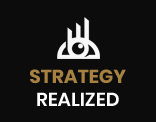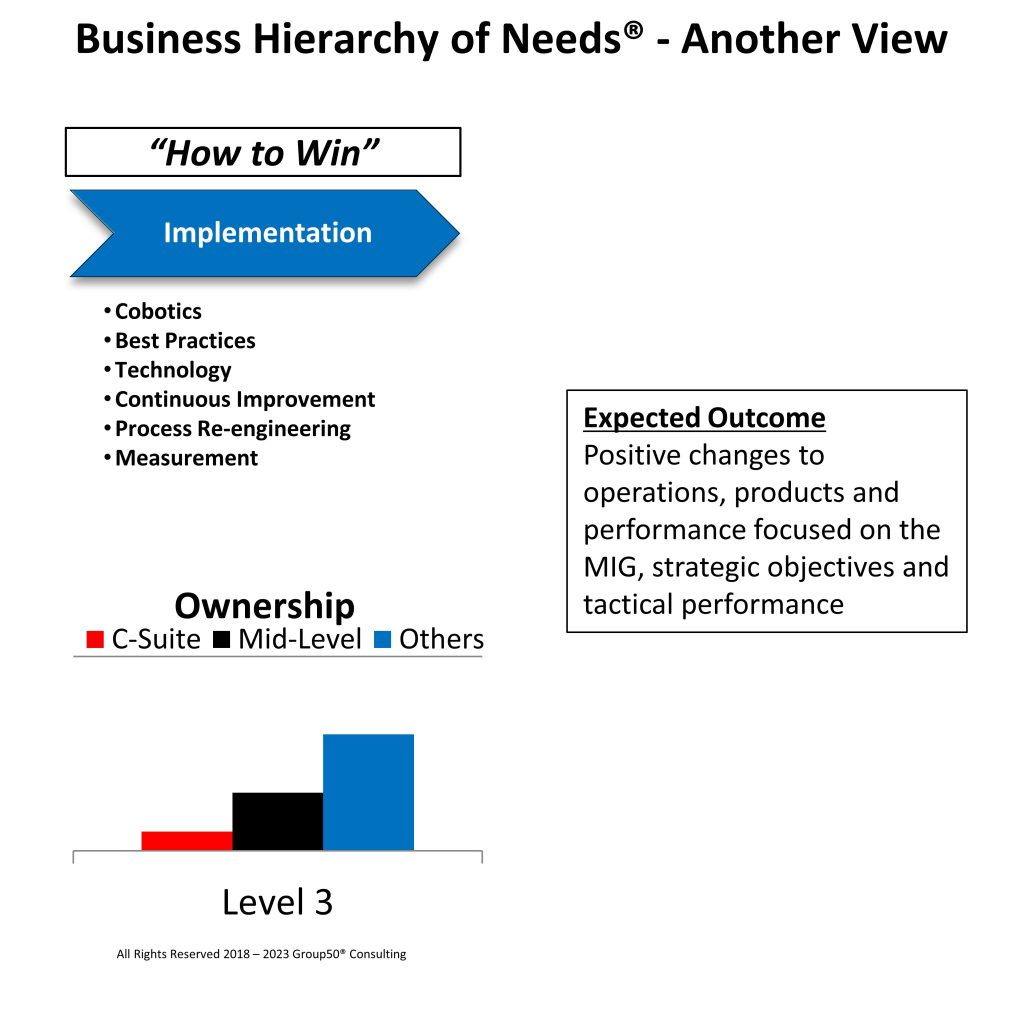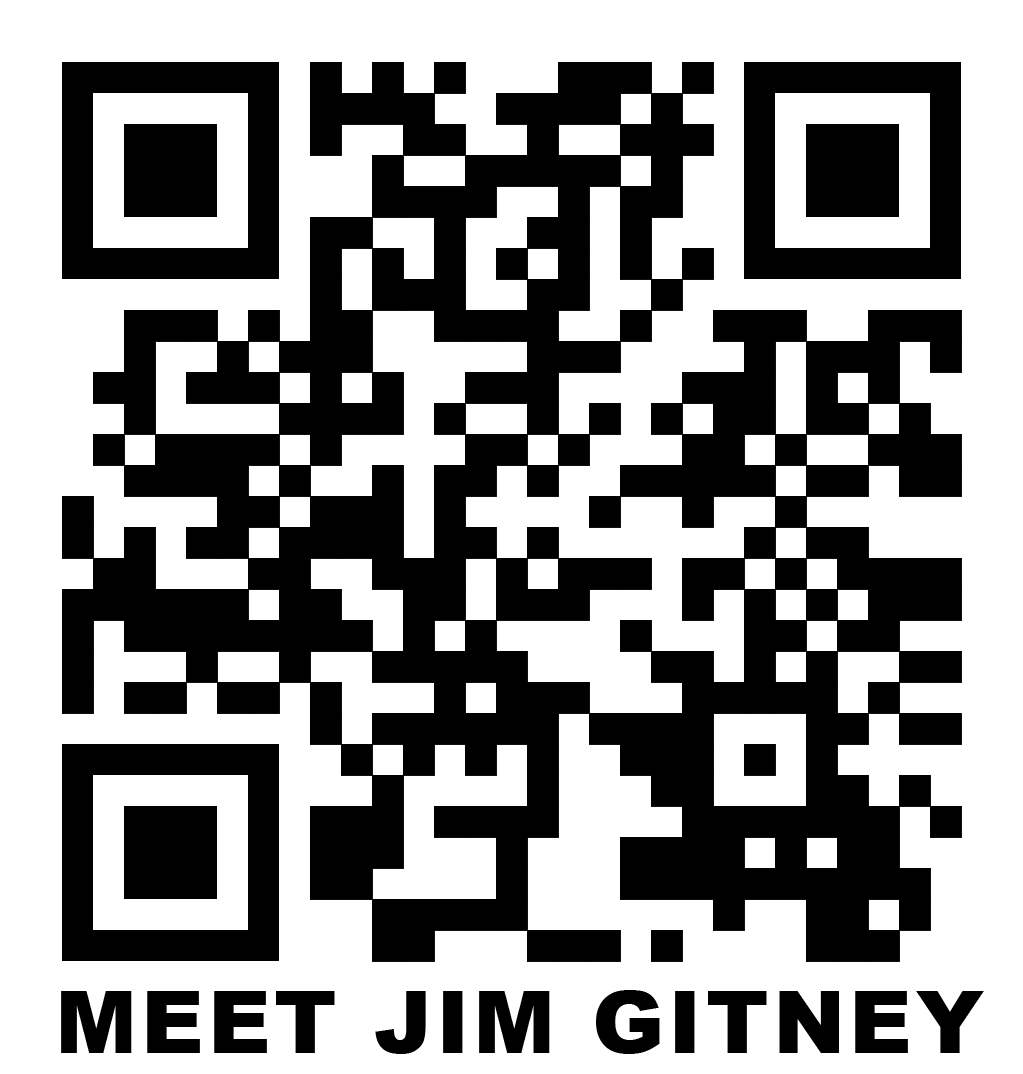Introduction to Level 3 of the Business Hierarchy of Needs®
Level 3 is about implementing a company’s strategy. Of course, much of the work in levels 1 and 2 are effectively about implementation as well, but they are as much about preparation as anything else. Some studies indicate that less than 60% of leaders say they are great at implementing strategy. That is because they have not done the proper preparation and so the implementation gets bogged down in turf wars, misalignment, disagreement on outcomes and next steps, a lack of skills, and insufficient resources.
One of the reasons we create team charters for strategies and tactics is to make sure that leadership understands what needs to be done, who is going to do it, and how much it will cost. The level of change called for by the strategic plan makes implementation more difficult and this is especially true in digital transformations, mergers and acquisitions, restructuring, and business life cycle transitions.
Implementation requires a powerful base from which to build. The details of a company’s MIG, strategic plan, and the work done in Level 2 to optimize the organization, make implementation less of a challenge. As mentioned earlier, there is a unique language in Level 3, and I will discuss this in much more detail in this section. The elements of Level 3 are shown in the next figure.
Level 3 is shown as being primarily owned by others. Others is defined as those stakeholders who are responsible for implementation, but there still needs to be a healthy amount of oversight from the senior leadership and directional support from middle-level leaders.
While implementation teams have direction, they still need to make critical decisions on how to implement identified tactics. This section is about some of the methods teams will use to realize tactical success. The expected outcome of the work in Level 3 includes positive changes to operations, products and performance focused on the MIG, strategic objectives, and tactical performance.


